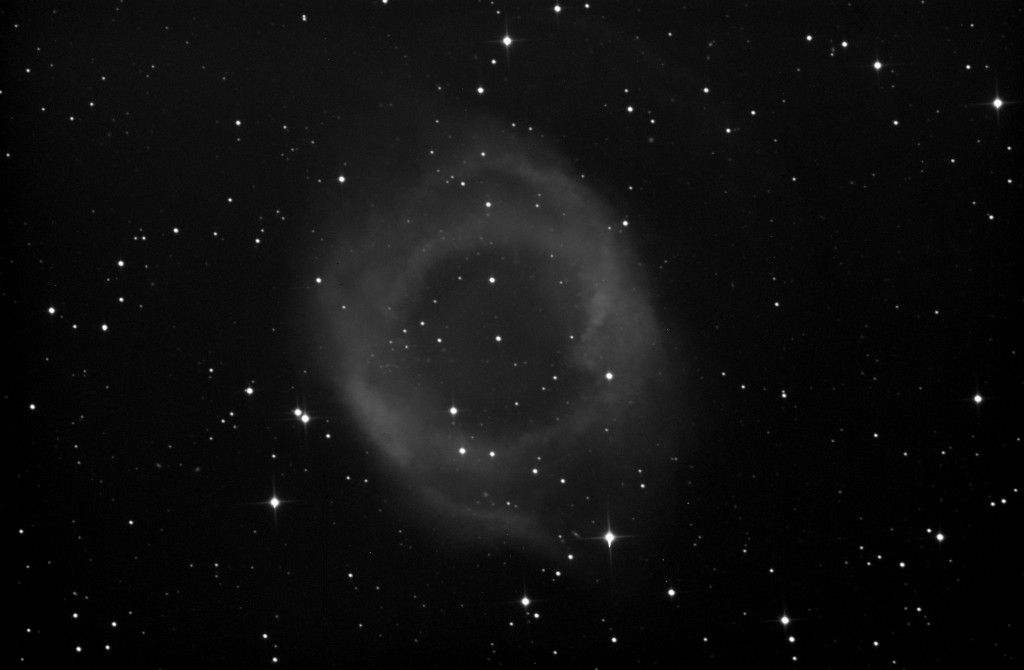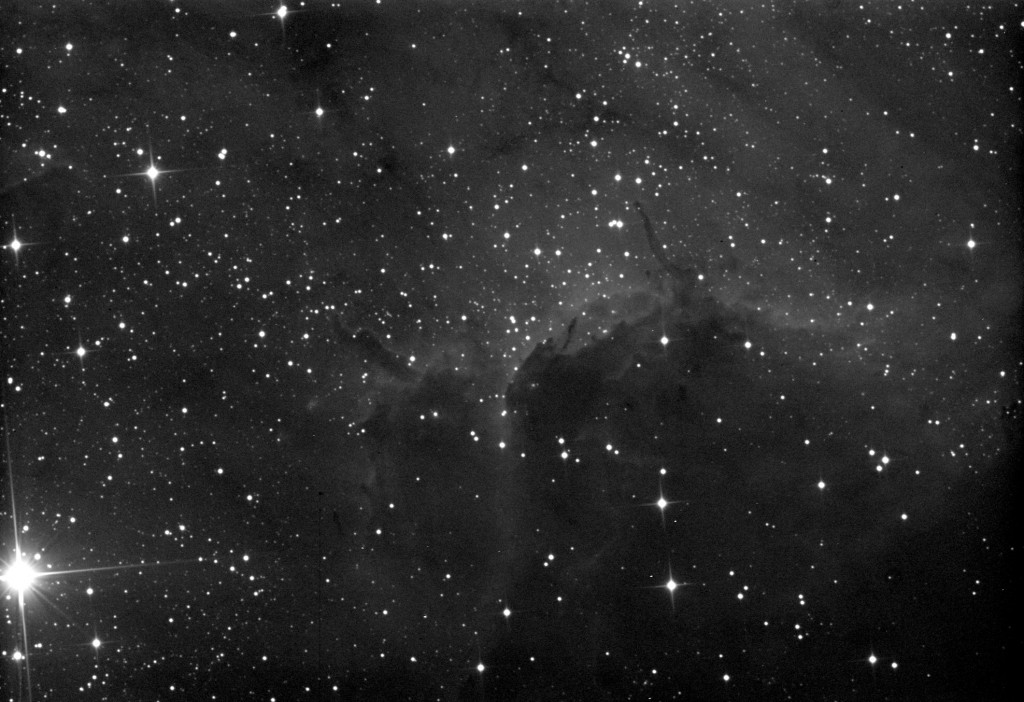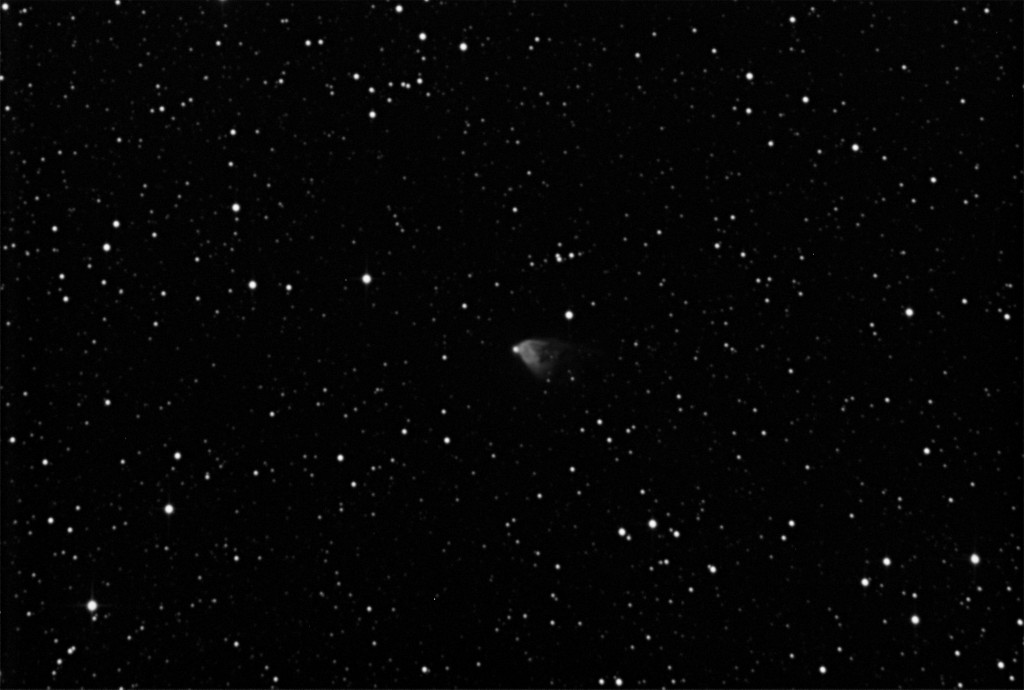The first item listed in Charles Messier’s list of not comets is a supernova remnant in the constellation Taurus. It was recorded by Arabic, Chinese and Japanese observers in 1054 and was visible in broad daylight. It is 6500 light years away and by now has a diameter of 11 light years. It is expanding at a rate of 3,355,404 mph.
I took a monochrome image of the nebula in 2009. That image is still in the image gallery. Since then a scientifically significant discovery has been made concerning M-1.
The nebula is one of the brightest high-energy sources in the sky. For 40+ years the X-ray energy emitted was considered steady enough to be used as a calibration target. In fact, it was steady enough to have a unit of measure defined based on its output. That unit, a Crab, may have to be re-visited as close examination of X-ray output using a newer more sensitive sensor has shown a totally unexpected variability. Data taken over two years show an intensity decline of about 7%.
![The Crab Nebula (M 1) [L:30x30s;R:30x30s;G:30x30s;B:30x30s]](https://ptobservatory.com/wp-content/uploads/2011/01/str_M-1-LRGB-1024x689.jpg)
![(NGC 6781) [L:8x60s; R: 3x60s; G:3x60s; B:3x60s]](https://ptobservatory.com/wp-content/uploads/2011/01/ddp_NGC-6781-LRGB-1024x679.jpg)


